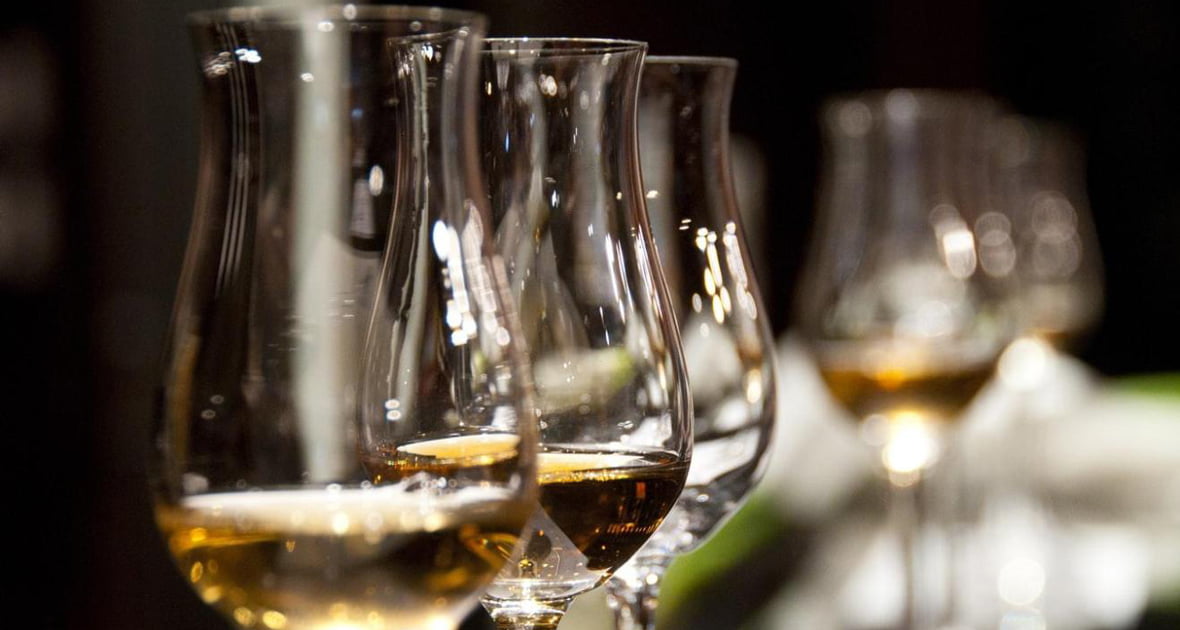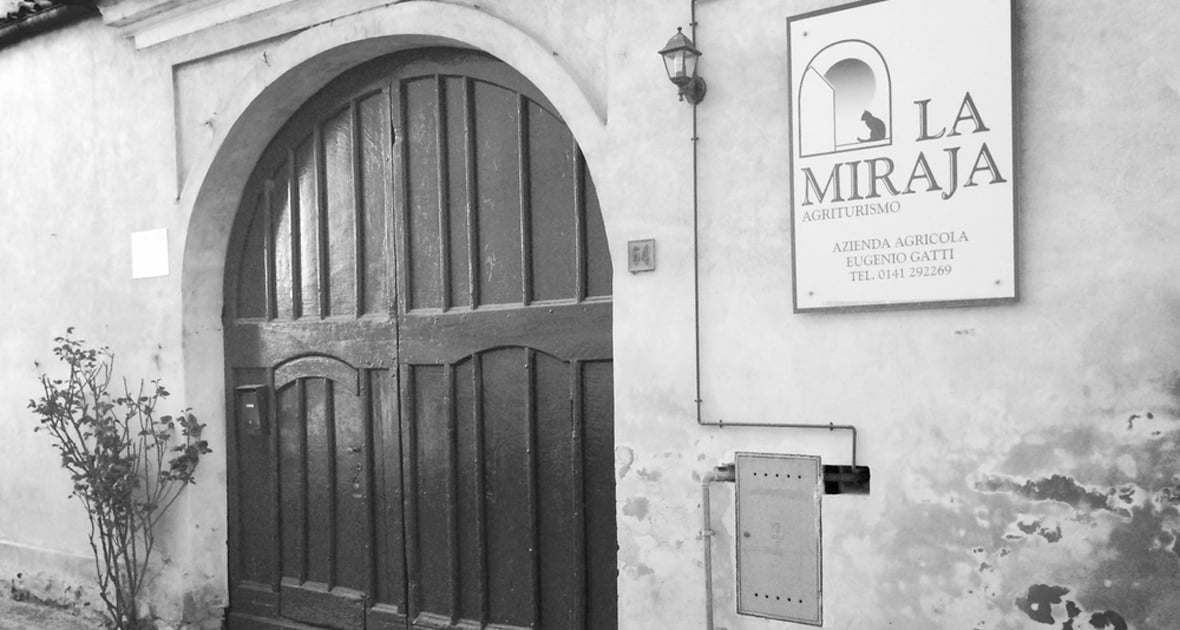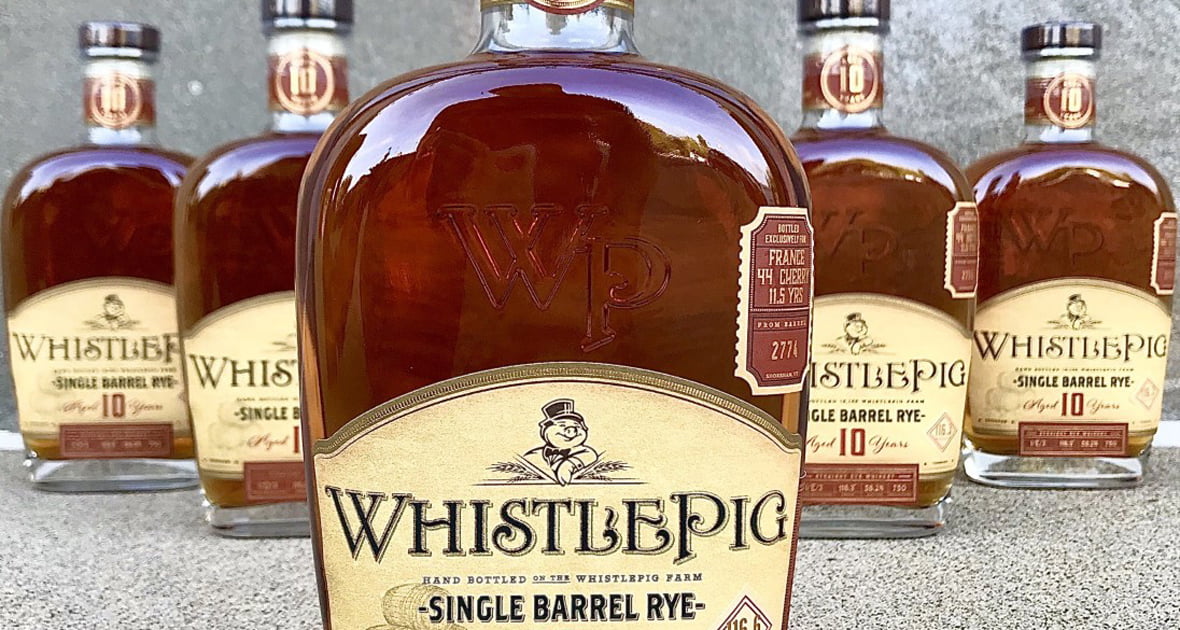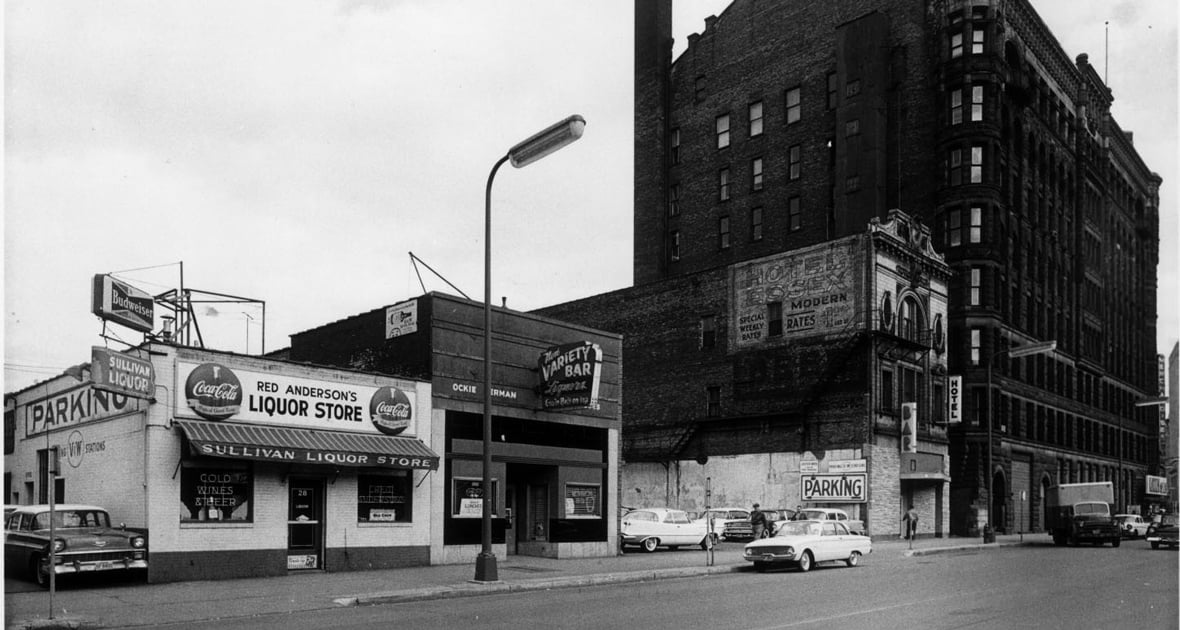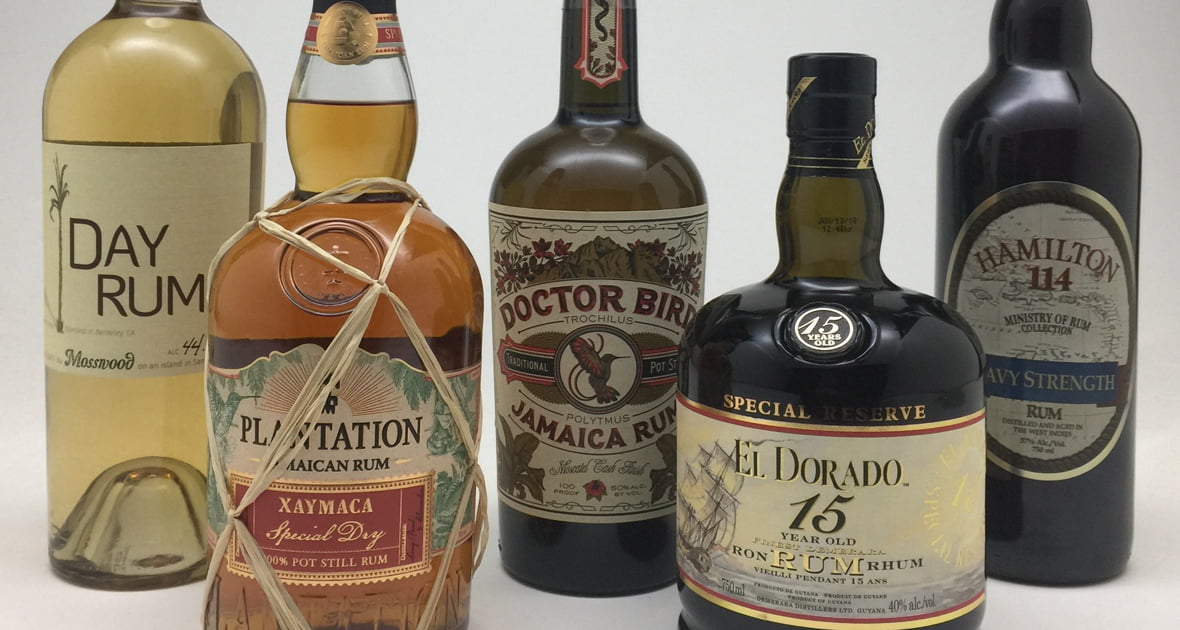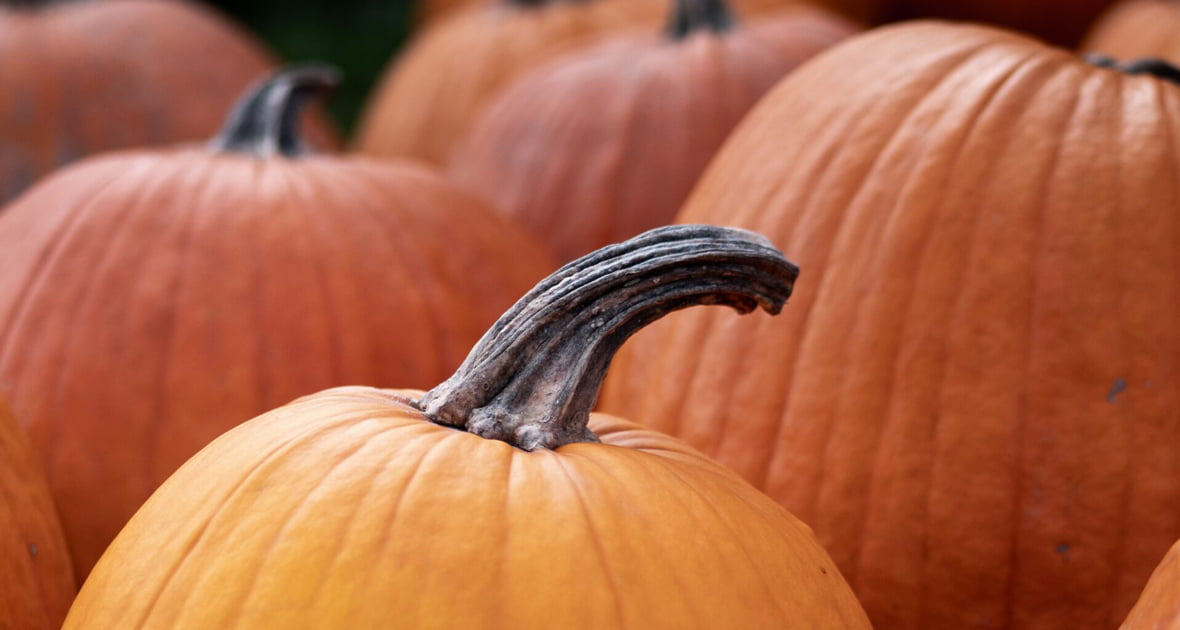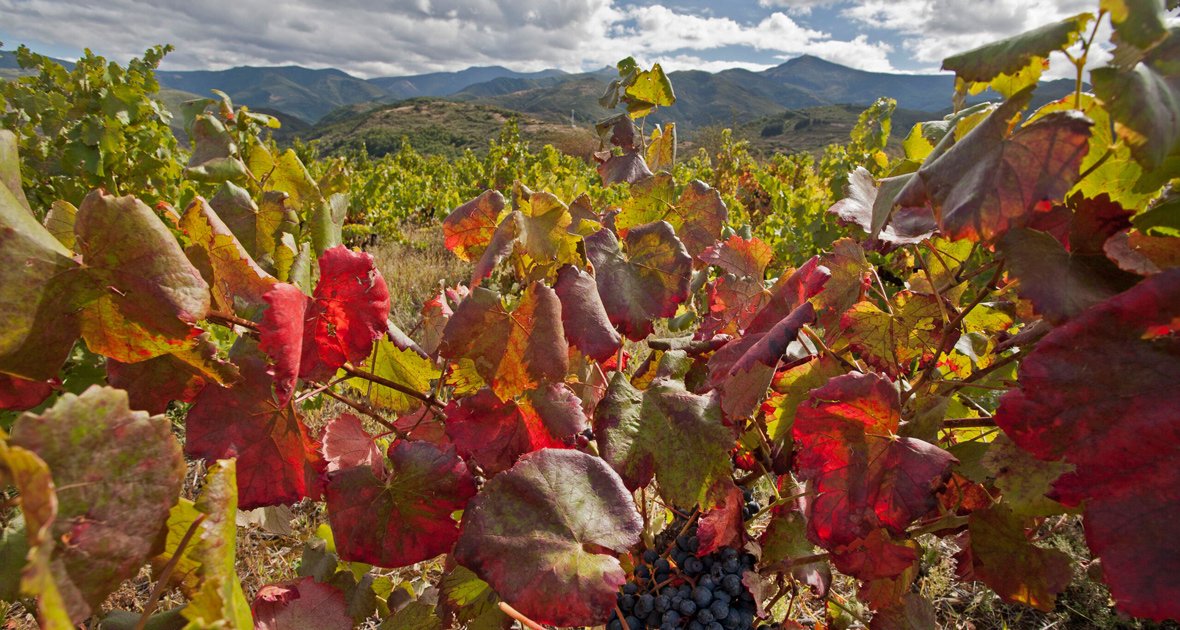A thousand decisions were made in order to get that beautiful liquid into your glass, and each one of them impacted the environment in some way.
Continue readingYou Ruined My Wine, And I Love It
We already know all your arguments:
- I don’t like sweet wines.
- I don’t like high-alcohol wines.
- Madeira is only for cooking.
- Isn’t that what my grandma drinks?
Now that we’ve gotten those out of the way, it’s time to actually listen: you need to know about Madeira.
Look—I’m with you. In all my years of drinking and learning about wine, I’ve never been naturally drawn to the likes of Port, Sherry, Madeira, Marsala, or any other fortified or dessert wine, for that matter. They’re hard to understand. History has done them no favors to better their reputation—there have been (and still are) plenty of god-awful, near-undrinkable examples of all of them. They’re sickly sweet, you can only have half a glass before you feel the alcoholic effects, and who among us drinks more alcohol with our dessert courses? (We’re all Scandinavian—we need our coffee.)
The only reason I ever learned anything about Madeira was by force, through one of my wine classes. Begrudgingly, I drug my feet through the history, traditions, winemaking practices, and styles of Madeira. All I needed to do was pass my exam, and I could go back to drinking my high-acid Chenins and bone-dry Champagnes.
But—and you know where this is going—a weird thing happened: I found out I liked Madeira. At first, I was extremely confused: why were there so many different styles of Madeira? Why did they all have ridiculously high acidity? Why was I so intrigued by a wine that had hardly anything to do with where and how it was grown (no terroir? What?!), and everything to do with how much winemakers could, well, ruin it?
Maybe, though, the process of making Madeira was what piqued my interest in the first place. Here’s how you do it:
- Grow some grapes. Pick ‘em real early, before they’ve had too much time to ripen.
- Crush those grapes and make some simple, straight-forward wine. Nothing fancy—you’re gonna kill it later anyways.
- Pump some extra alcohol into it.
- Put it into an old barrel.
- If you’re about to take a long sea voyage, stick some of those barrels into the hull of your ship. Definitely forget that you put them there.
- Get back home from your long sea voyage and rediscover those barrels. Curse loudly.
- Recall how hot it got in those ship hulls. Curse even louder.
- Drink some anyway.
- Discover that it tastes way better than when you first made it. Furrow your brow.
- Give it to your shipmates. Everyone furrows their brow.
- Decide you want to replicate it, and spend the next couple hundred years perfecting the estufagem and canteiro processes.
- Sell it to Thomas Jefferson and all of fledgling America. You help them win the War of Independence! Collect $200.
- Go on to sell it all over the world. Become famous. Buy a yacht.
Madeira—like my other favorite wine, Champagne—started as a mistake. The best things in life are never planned, right? And it’s utterly baffling that you can make a crappy wine, pour brandy into it, heat it up, let it oxidize and turn brown… and then have it turn into one of the most unique, rare, sought-after, long-lived and indescribably complex wines in the entire world. Early Madeira producers did everything to it that wine hates, and they ended up making it better.

But it’s not completely about the process of making Madeira, although that’s a major part of it. The grape varieties, subtropical climate, and sky-high vineyards also have a lot to do with it. Sercial—named the “dog strangler” for its tooth-stripping acidity—is the grape used to make the driest style of Madeira. Verdelho, Bual, Malvasia, Tinto Negra, Terrantez… you’ll get to taste them all in the upcoming class on Madeira.
Look: if you’re into history, you need to learn about Madeira. If you’re into winemaking, you need to learn about Madeira. If you love cooking and pairing wine and food together, you need to learn about Madeira. If you’re into science and chemistry, you need to learn about Madeira. And if you’re just plain into the romance and the crazy stories behind wine, you most definitely need to learn about Madeira.
Click HERE to get more information on Madeira: The Eternal Wine, held at France 44 on Wednesday, November 13th from 6:30-8:00 pm. To really seal the deal, here’s what you’ll be tasting with Madeira expert J Henahan of Haus Alpenz:
The Madeiras of Henriques & Henriques:
- 5 Year Old Seco Especial
- Saveiro ‘Vento do Oeste’ Madeira (aged in Four Roses bourbon barrels!)
- Sercial 10 Year Old
- Terrantez 20 Year Old
- Verdelho Single Harvest ‘Q.G’ 2007
- Boal 15 Year Old
- Malvasia 20 Year Old
- Tinta Negra 50 Year Old (!!!)
Rediscovering Piedmont: The Wines of La Miraja
The La Miraja wine estate is located in an 11th century castle of Castagnole Monferrato, in the region of Piedmont, Italy. This castle’s armory was repurposed as a cellar in the 1400’s. This historical locale is where you will find the seventh generation viticulturist, Eugenio Gatti. Each year he produces a miniscule 840 cases of unbelievable wine. According to our very own Cheese Monger-in-Chief, Benjamin, their egg pasta and black truffle lunch is similarly delicious.
This idyllic wine estate is off the beaten path and produces some of the lesser known wine gems of the region. We are fortunate enough to be able to carry three of these wines, including: ‘Le Mashche’ Barbera d’Asti, Ruche’ di Castagnole Monferrato, and ‘La Ribota’ Vino Aromatizzato Alla China.
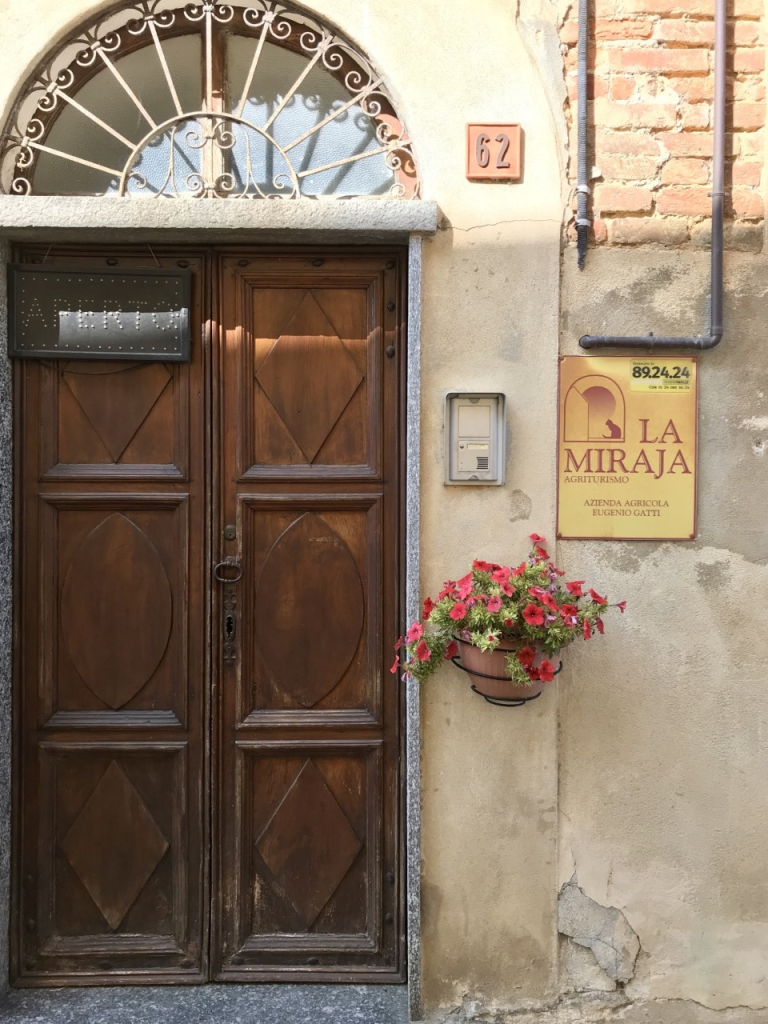
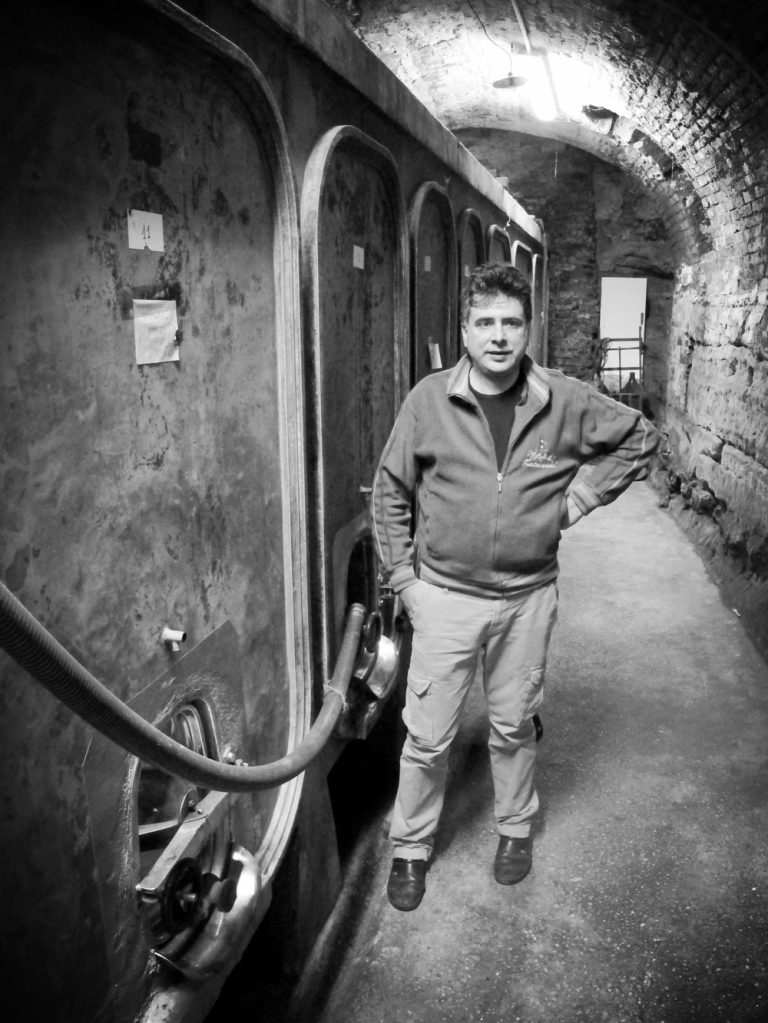
Ruche di Castagnole Monferrato // $22.99

In Piedmont, Ruche still sits in the shadow of the more well-known grape Nebbiolo. It only received the coveted DOCG status in 2010. Its lack of recognizability makes it an excellent value wine. Until recently, these wines rarely made it out of the region.
The wine comes from the oldest Ruche vineyards in Castagnole Monferrato, which Eugenio personally oversees. It deftly balances flavors of berries, spice, and rose petal.

‘Le Masche’ Barbera d’Asti Superiore // 21.99
This 100 percent Barbera comes entirely from estate vineyards. It spends 12 months in oak (about 20% of which is new).
It offers vibrant aromatics with notes of red fruit and a hint of spice. The palate has excellent structure while maintaining elegance.
‘La Ribota’ Vino Aromatizzato Alla China // $34.99
Only 600 bottles of this fortified/aromatized wine are produced each year, making it extremely limited. Eugenio uses a secret family recipe to aromatize a neutral grain spirit, which is then added to the still Ruche wine.
The aromatics of the wine include: wormwood, China bark (a native tree in Southeast Asia), cardamom seed, cinnamon, orange peel, and various other herbs and spices. It is unbelievable in a Manhattan!

Pay it 44ward!
We’re grateful for the support we’ve received throughout our 60 years in business so we’re designating October #PayIt44Ward Month. Each week for four weeks, we’ll highlight a different charitable partner. We hope you’ll join us in learning about and supporting these incredible local organizations!
How It Works:
Every Monday, we’ll send an email highlighting the charitable partner of the week to introduce who they are and what they do. And here’s how YOU can participate:
- Club 44 members can donate their points from each purchase to the weekly non-profit by putting a copy of their receipt in white boxes at each register (and in the Cheese Shop). France 44 will match the total number of points donated, up to $1,000 earned (500 points = $25 donated). And on top of that, the non-profit that gets the highest number of donations (i.e., number of receipts donated) will get an additional $1,000.
- Non-club members can sign up for Club 44 and $10 of their membership fee will go to the non-profit of the week.
- Anyone can make donations of $5, $10, or $25 increments at the register, added to their purchase.
Appetite For Change: October 7-13
Appetite for Change (“AFC”) uses food as a tool for building health, wealth, and social change in North Minneapolis. AFC is a community-led organization that strengthens families, creates economic prosperity, and encourages healthy living. 
Headed by the communities of North Minneapolis and co-founders Princess Titus, Michelle Horovitz and LaTasha Powell, AFC offers a wide range of programs to bring communities together around food. Breaking Bread Café & Catering is a community driven eatery focused on increasing healthy food and community engagement in North Minneapolis. Kindred Kitchen is a social enterprise of AFC, connecting their community of locally-based food businesses to high quality commercial kitchen space and food-focused business technical services. Learn about all of AFC’s programs HERE.
The WhistlePig Barrels have arrived!
Way back in the spring, our spirits team consisting of Tom and Dylan, made the trek to rural Vermont in search of one thing and one thing only, monstrous rye whiskey. The WhistlePig farm is nestled in Shoreham, Vermont about 50 minutes south of Burlington. It is pretty much the only thing out there, pretty much devoid of anything else including cell service. Just cows, farms, and rye. This is the only place you can taste and select single barrels of their ten year rye whiskey. The catch is, they’re never really ten years old. They have to meet the minimum of ten to even be considered to be bottled. When our boys went out there, the farm was filled with 11.5 year old cask strength barrels to select from. It is pretty much the only ten plus year old cask strength rye whiskey on the market and they couldn’t just choose one barrel, they came home selecting two barrels, which just got here Friday. Let’s dive into the differences.
France 44 Single barrel: Cherry 116.6 Proof $87.99
The first thing they noticed were two barrels, both 116 proof that could not be different from one another. The first was bursting with big red cherry and caramel sauce tones that jumped out of the glass. It had a cinnamon clove spice in lieu of your classic herbal rye tones, having more baking spices. It is rounder, almost bourbon like. With a splash of water more caramel and fruit come out, and it is tailor made for a Manhattan. This was Tom’s winner.
France 44 Single Barrel: Butter 116.3 Proof $87.99
The second was just 0.3 proof lower which means 0.15% less alcohol, and totally opposite in style. These barrels lived different lives just 19 barrels apart in the same rickhouse. Number two is way more classic rye, showing big herbal tones balanced with vanilla cream and buttered apple fruit. Bigger and bolder on the edges as you’d expect for a rye of its caliber. Butter is best drank on its own but shines in an old fashioned or a Sazerac. This was Dylan’s winner.
The battle of the ryes! The difference between the two is astounding, and it jumps right out of the glass. They couldn’t choose between them, so they grabbed both while they could. I think it would be wise for our customers to come in and try them and tell us who you thought won. Only time will tell, and hopefully we’ll see you soon!
Exclusive Birthday Brews
Sometimes it can be hard to talk about your birthday. It means you are getting old(er). You think to yourself, “I want to go back to the time when I could ride my tricycle with reckless abandon down the block”, “Is it still weird to jump into a random pile of leaves as an adult?” “Can I wear footie-pajamas to work?”.
However, getting older also has many perks. You are (hopefully) more responsible and put-together. You have built long term friendships and connections. You have learned from mistakes and grown from them. You can even buy yourself pizza any night of the week that you want. You have lived!
At France 44 we are embracing our birthday; and like George Clooney, we are proud of our Silver-Fox look. This weekend we are celebrating our past and looking forward to our future. As the most interesting man in the world would put it: “We don’t always celebrate our birthday, but when we do – we celebrate big!”. Not only will there be food, live music, and dogs in costumes; we will also be releasing two exclusive brews that we made in collaboration with Modist Brewing and Sociable Cider works. Please join us for our 60th anniversary as we celebrate stepping into another year. We know that the best is yet to come!
Modist/France 44 Silver Fox DDH New England-Style IPA
For an anniversary as big as this, we’re celebrating the best way we know how, by brewing a hazy IPA! With help from our friends at Modist, we brewed a New England-style IPA with 70% pilsner malt and 30% white wheat malt then hopped it up with cryo Citra, Mosaic and Cashmere hops. It’s bursting with juicy tropical fruit character and packs enough bitterness to keep everything in balance.
Sociable Cider Werks/France 44 Vélo 44 Passionfruit Guava Hard Cider
Sociable made our jaws drop when we first tried their limited batch of Passionfruit Freewheeler hard cider. We decided to up the ante by adding Bennett’s favorite fruit infusion, guava! The classic Freewheeler blend of Haralson, Honeycrisp and SweeTango juice makes up the base of our cider that we then spiked with passionfruit and guava purée. Fermented dry, this tropical apple graf has vibrant aromas and tantalizing tartness.
France 44: Polished Grit and Evolution
We always say that whenever the zombie apocalypse finally happens and you need to hole up somewhere, there’s really no better place to be locked up than the food and beverage haven of France 44. But the origins of the business are not all bright and shiny.
Continue readingThe Wild, Wonderful World of Rum
Poor rum. Misunderstood, barely regulated, and—even in this very late hour of the “cocktail renaissance”—still hardly present on the home bar of many an experienced tippler. Luckily for the nerds—and you—rum’s lack of popularity has made it a criminally-good value.
Continue readingPumpkin Beers
Ah, the ceaselessly-divisive pumpkin beer—a perennial autumn release that is met with a medley of excitement and displeasure. Whether or not you care for it, beer brewed with gourds has been a staple of North American civilization since before our country was founded.
Continue readingBack-tracking to El Bierzo
Bierzo: an unknown region with an unknown signature grape that needs a little rediscovery.
Continue reading
